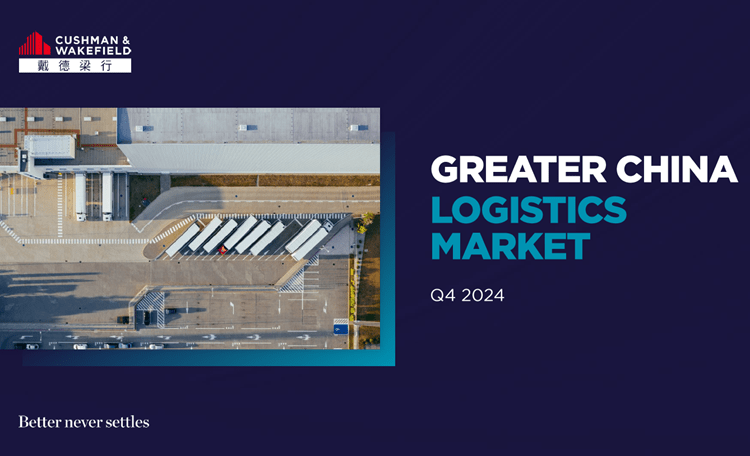

Logistics & Industrial Rents in Europe
H1 2023
Rental growth continues, although is starting to show signs of slowing in some markets. Headline rental levels are expected to continue to grow, but occupier incentives are starting to become more considered.
Prime headline rents across Europe have seen exceptional growth over the past several years as a result of the very high levels of demand in an environment on constrained supply. This market imbalance was coupled with increases in build costs (with everything from concrete to steel to labour seeing significant shortages and cost uplifts) and land prices (on the back of developer demand to bring new product to market) albeit prices have been moderating in many markets over the past year. These combined factors have meant that rental levels have reached new record highs across many European markets.
Markets which have seen the highest levels of growth over the past five years include locations in the UK, Ireland, the Czech Republic, Hungary, Poland and Germany.
Rental growth in the UK and Ireland started earlier than most continental European locations although these have accelerated rapidly in the past 18 months.
In the UK, rents have grown strongly across the entire country with the uplifts particularly steep in London and major metropolitan areas including Manchester and Birmingham as well as key areas in the Midlands, the South East and North West.
Across CEE countries, rental growth has been particularly strong, with some locations such as key cities and major industrial areas seeing rents nearly doubling in the past five years.
However, rental growth has started to show signs of slowing: in the twelve months to Q2 2023, prime logistics rental growth averaged 13.8% across European markets, compared with 15.2% to Q4 2022. During the first half of 2023, prime logistics rental growth averaged 4.8% growth in the six months since Q4 2022, compared with 8.5% for the six-month period between Q2 2022 and Q4 2022.
Whilst slowing from the recent exceptionally high levels, the current rental growth of 13.8% for the year to Q2 2023 is still markedly above the pre-pandemic five-year average rental growth rate of 2.5% per annum.
Rental levels across European markets are either at or close to new record highs at end Q2 2023. Many locations have seen rents in the last twelve months increase by more than 10% and in some areas, particularly in the CEE, by significantly more. For example, in Poland, rental growth has accelerated significantly since the beginning of 2022 and, in the twelve months to Q2 2023, many locations have seen rents grow by more than 20%.
However, despite these recent uplifts in rental levels, many locations in CEE countries are still competitively priced relative to nearby markets in Western & Northern Europe. Many Southern European locations are also similarly competitive despite recently having experienced significant rental growth.
In many markets, we are also starting to see more conversations around tenant incentives albeit agreements still tend to be specific to each property and transaction.
Landlords are also starting to be creative with tenant incentive packages and are in some cases including amortised fit-out as well as more traditional rent-free periods. Broadly, whilst headline rents are expected to continue to increase, landlords may start to offer tenants more by way of incentives as landlords look to secure income in an environment of slowing occupier demand.

Contacts
Research

Research • Construction
Industrial Construction Cost Guide
Insights
Logistics Tenant Profile – 이커머스 물류 발원지, 김포
김포는 서울과 인접한 고촌 물류단지가 조성되며 대표적인 라스트마일 배송 거점으로 자리매김했으나, 추가 개발 가능 용지 부족으로 신규 공급이 제한적이었습니다

Research • Supply Chain
Greater China Logistics Market Q4 2024
Research • Investment / Capital Markets
Logistics Tenant Profile – 위기의 NEW 물류 HUB 안성

Insights • Investment / Capital Markets
Logistics Tenant Profile # 17 인천 – 글로벌 풀필먼트 HUB

Related Insights

Research
APAC Logistics & Industrial Hub

Research

Research
Global Manufacturing Risk Index



